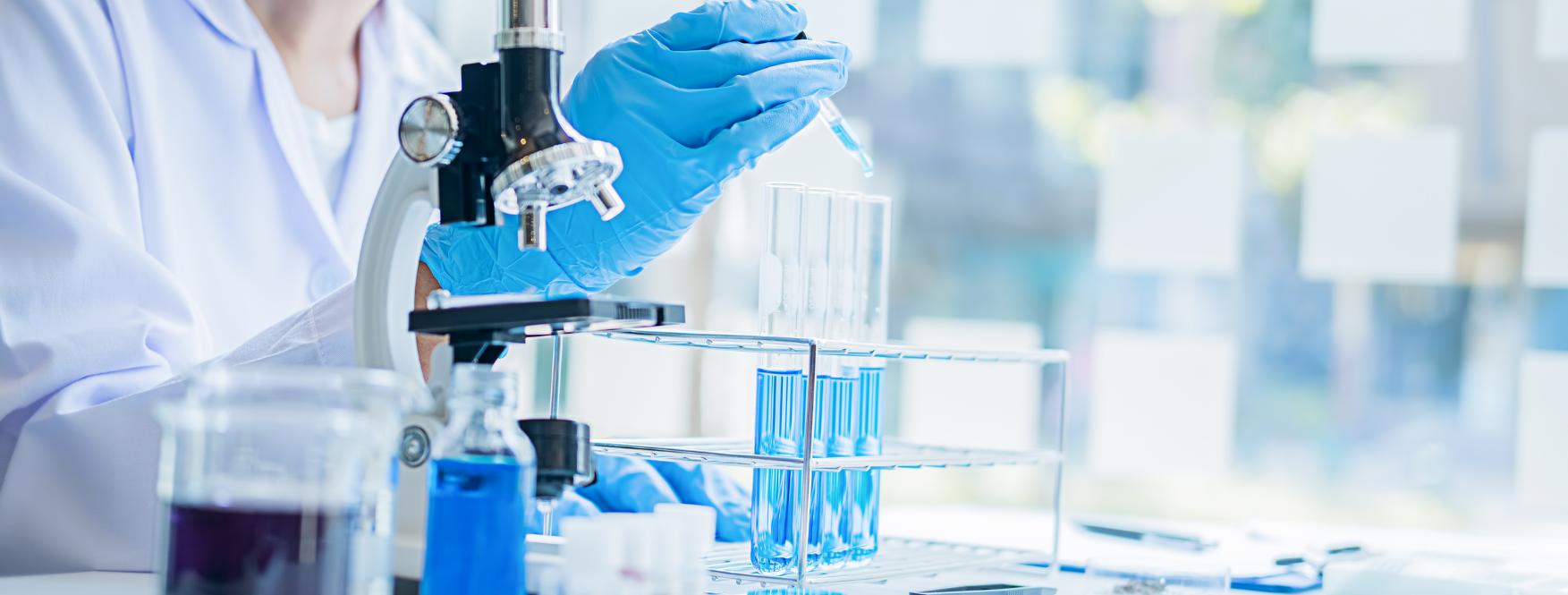
R&D’s contribution to circular manufacturing (and a sustainable future)
Environmental protection is becoming an important concern in manufacturing.
However, manufacturers do not have all the necessary viable technology to reach their Net Zero goals and help limit global warming to 1.5˚C. Therefore, R&D investments are being made to find circular solutions limiting carbon footprints, waste generation, and natural resource use in manufacturing.
This article will show how investing in R&D supports the circular model adoption — and how Contec is part of the story.
How to adopt the circular economy through R&D?
Knowing how to transition from a linear to a circular manufacturing business model can be challenging. Breaking down the process into small steps can make it easier to implement viable solutions. At Contec, we recommend breaking down this process into two steps.
Step 1: Determine carbon footprint and environmental impact
Manufacturers trying to reduce their environmental impact can start by establishing their current carbon emissions.
To do this, it’s important to calculate not only scope 1 and 2 emissions for each product but also scope 3 emissions:
- Scope 1 and 2 emissions come from company activities and energy sources.
- Scope 3 emissions cover a product’s entire value chain. These include emissions from manufacturing, processing, services, transporting raw materials, product packaging, transport, and media.
In some EU countries, it is also a requirement for companies to document data collection and testing for verification and transparency.
Step 2: Introduce a framework and standard for managing environmental impact
Companies should introduce a system for environmental management, like ISO 14001, if they don’t have one already.
They can incorporate their carbon footprint data into the system, which provides the structure needed for environmental improvements. These include formulating an environmental policy, planning, implementation, checking, and management review.
Most companies easily control Scope 1 and 2 emissions by replacing conventional energy with renewable sources. However, the complexities of Scope 3 emissions, accrued from other companies’ activities, make it harder to control them. For example, most emissions in tire manufacturing come from raw materials, like rubber and virgin Carbon Black (vCB), produced from fossil fuel-based feedstocks.
What other activities can R&D support?
R&D can help reduce the Scope 3 emissions of an entire value chain by providing innovative technological and material solutions.
Circular solutions such as recycling reduce natural resource use, associated carbon emissions, and the environmental impact of producing ingredients by making secondary raw materials from waste. It reduces waste landfilling and soil and water pollution. Moreover, circularity emphasises incorporating old material into new products, keeping it in circulation.
For example, tire manufacturers can get high-quality recovered Carbon Black (rCB) from pyrolysis using Molten technology. Molten allows for uniform and regulated heating of tire wastes to produce rCB of high and consistent quality. This rCB can replace 20 per cent of medium-grade vCB. Molten technology uses less energy to produce secondary raw materials, reducing production emissions.
rCB’s carbon footprint is only 20 per cent of vCB’s. Tire manufacturers can use rCB in a tire-to-tire business model to diminish Scope 3 emissions. Thus, an innovation like Contec’s Molten technology integrated into an old process like pyrolysis can become a game changer for the entire tire industry.
Evolving the R&D at Contec
Every technology is the result of detailed research. However, a manufacturing operation can’t be changed before its influence on the process and product quality is identified. For this, it’s necessary to have standards to establish product quality and correlate new applications with product parameters.
These standards are created by more investment in R&D.
Contec’s pyrolysis process is rooted in R&D. Molten technology was incorporated into tire pyrolysis during laboratory testing and was found to improve the efficiency and safety of tire pyrolysis for people and the environment.
Next, Contec aimed to scale up the innovation and upgrade the tire pyrolysis plant to achieve nominal capacity. Due to an absence of ready-made technological solutions, Contec built its own laboratory facilities and tested the effect of every technology process change on product quality. Complete control over the research process and cooperation with technical universities make Contec’s R&D process unique.
Since there were no existing rCB quality standards, Contec joined the ASTM Committee D36 to contribute to formulating quality standards and testing methods for rCB. The company leverages its knowledge over years of R&D to improve product quality.
The Circular Economy is not possible without R&D
R&D can enable the development of environmentally friendly technologies for the circular economy by supporting the environmental impact verification of new recycled products.
A company with its R&D laboratory can shorten the validation process through monitoring and rapid course corrections. The flexibility to customise tests for specific needs helps to create products suited for market needs and gives a company a competitive edge. Cooperation with research institutions increases access to scientific expertise and improves fund-raising possibilities. Follow our Linkedin Page to learn how the latest R&D advancements.
If you liked reading this article, we recommend the following content: